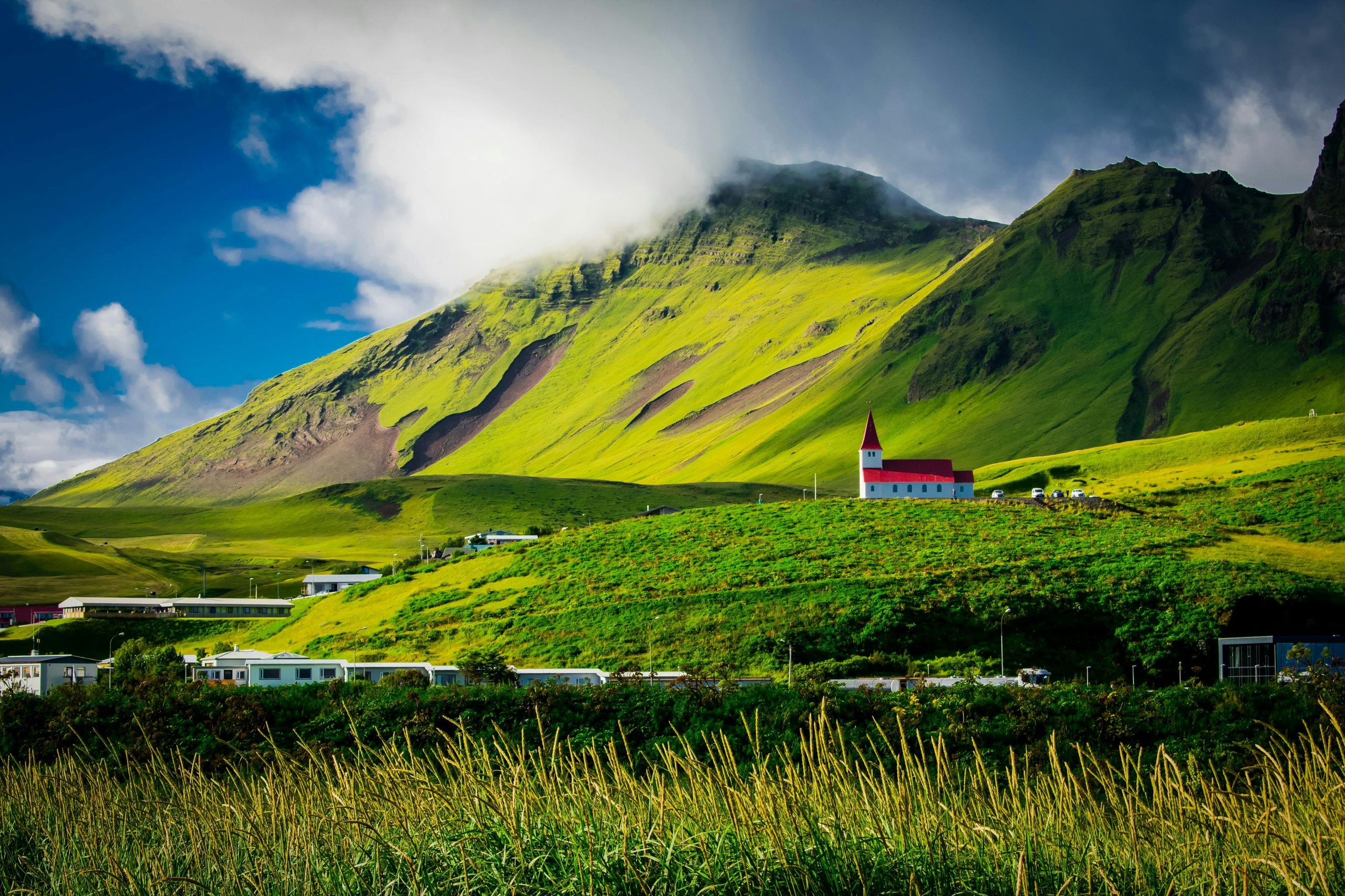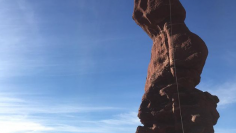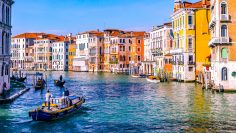
The Best Time to Visit Iceland: A Complete Seasonal Guide
Iceland, the land of fire and ice, beckons travelers with its dramatic landscapes, unique wildlife, and captivating cultural experiences. However, planning a trip to this Nordic island requires careful consideration of the season to ensure the best experience. Whether you’re chasing the Northern Lights, hiking rugged trails, or exploring an Iceland volcano, the timing of your visit is crucial. This comprehensive seasonal guide will help you decide the best time to embark on your Icelandic adventure.
Each season in Iceland offers wonders and challenges, from summer’s midnight sun to winter’s frosty magic. Understanding what each season brings can help you tailor your travel itinerary to suit your interests and make the most of your visit to this enigmatic island.
Spring (April to June)
For those who enjoy the great outdoors and the natural world, springtime in Iceland is a season of rebirth and pleasant weather. As the snow melts, the scene is transformed into a vivid tapestry of blossoming wildflowers and lush vegetation. The pleasant weather during this time of year, which typically ranges from 4°C to 10°C (39°F to 50°F), is perfect for outdoor pursuits like hiking, birdwatching, and visiting Iceland’s famous waterfalls.
One of the highlights of visiting Iceland in the spring is witnessing the return of migratory birds, including the charming puffins. Birdwatchers can marvel at these seabirds as they nest along the coastal cliffs, creating a spectacular sight. Additionally, the longer daylight hours provide ample time for exploration, allowing you to experience multiple attractions in a single day. Popular sites like the Golden Circle and the stunning Seljalandsfoss waterfall are less crowded this season, offering a more serene and immersive experience.
Summer (June to August)
With good cause, summer is Iceland’s busiest travel season. Thanks to the midnight sun, this season provides nearly 24 hours of daylight and temperatures between 10°C and 15°C (50°F and 59°F). These make it ideal for extensive exploration. With longer days, you can make the most of your time and see more of Iceland’s stunning scenery without rushing.
Summer is also ideal for adventurous activities such as hiking, glacier walking, and exploring Iceland volcanoes. The highlands become accessible, revealing stunning landscapes like Landmannalaugar and the Kerlingarfjöll mountains. Festivals and cultural events, including Reykjavik’s lively celebrations and the National Day festivities on June 17th, add excitement and cultural immersion to your trip. However, booking accommodations and activities is essential, as they fill up quickly due to high demand.
Autumn (September to November)
In Iceland, autumn is a season of change, when the surrounding landscape is a mosaic of shades of gold, orange, and red. This time of year, temperatures range between 0°C and 10°C (32°F and 50°F), which makes for a warm and charming ambiance. Autumn has elegance and peace, even though the weather can be erratic, ranging from clear, sunny days to windy, wet spells.
One of the main attractions of autumn is the possibility of witnessing the Northern Lights. As the nights grow longer, the chances of seeing this mesmerizing natural phenomenon increase. Visiting geothermal areas like the Blue Lagoon or the Mývatn Nature Baths provides a warm respite from the chilly weather. Additionally, harvest festivals and events celebrating Icelandic cuisine offer a taste of local culture and seasonal delicacies.
Winter (December to March)
Winter in Iceland is a magical time, transforming the landscape into a wonderland with snow-covered mountains and glaciers. Temperatures generally range from -1°C to 4°C (30°F to 39°F). Despite the colder weather and limited daylight hours, winter offers unique experiences that can’t be found elsewhere. The long nights create perfect conditions for viewing the Northern Lights, one of Iceland’s most sought-after attractions.
Winter sports enthusiasts will find plenty of opportunities for activities such as ice climbing, snowmobiling, and skiing. Exploring ice caves and glacier hiking are also popular winter adventures. The contrast of the frosty landscape against the vibrant geothermal pools and hot springs, such as those found in Hveragerði and around Lake Mývatn, provides a magical and refreshing experience. Be mindful, however, that road conditions can be challenging, so travel arrangements should be planned with care and flexibility.
Best Seasonal Activities
Spring and Summer
- Hiking: The Fimmvörðuháls and Laugavegur trails are best explored during these seasons, and they offer breathtaking views of valleys, glaciers, and volcanic landscapes.
- Whale Watching: The whale-watching season runs from March to November, with peak sightings in June and July. Locations like Húsavík and Reykjavík are prime spots for these excursions.
- Puffin Watching: From May to September, head to the cliffs of Dyrhólaey and the Westman Islands to observe puffins in their natural habitat.
Autumn and Winter
- Northern Lights: Best viewed from late September to early April, the Northern Lights can often be seen from rural areas where light pollution is minimal.
- Ice Caving: Winter is the optimal season for exploring the crystal-clear ice caves within Iceland’s glaciers, such as Vatnajökull, which showcases breathtaking blue ice formations.
- Geothermal Pools: Enjoy the warmth of geothermal waters against the crisp winter air. The Secret Lagoon and the hot springs of Reykjadalur Valley offer serene experiences.
Travel Tips for Every Season
- Clothing: Pack layers to adjust to changing weather conditions, including waterproof outerwear and sturdy footwear. Remember hats, gloves, and thermal wear for colder months.
- Booking in Advance: Reserve accommodations, car rentals, and tours ahead of time, particularly during peak seasons. This ensures availability and sometimes better rates.
- Flexibility: Be prepared for sudden weather changes. Having alternative plans can ensure a smooth trip. Always check weather forecasts and road conditions before heading out.
- Travel Insurance: Consider purchasing travel insurance that covers weather-related cancellations and medical emergencies, especially if engaging in adventure activities.
Conclusion
In Iceland, every season has its own special attractions and natural beauty. Iceland promises a voyage that will fascinate and inspire, whether you are drawn to the plentiful daylight of summer, the vivid hues of autumn, the rebirth of spring, or the quiet beauty of winter. You may customize your vacation to fit your interests and take advantage of everything this amazing island offers by learning what each season offers.
No matter when you choose to visit, Iceland’s dynamic landscapes and unique culture will leave you with memories to treasure for a lifetime. Embrace Iceland’s adventure and beauty and explore the mesmerizing land of fire and ice.
Photo by Rudy Kirchner










